Science fiction and fantasy illustration is not limited to accompanying stories in books and magazines. As we have seen previously it can show up in movies, on record albums and is ubiquitous on the internet. But illustration is also of paramount importance to another venue for science fiction and fantasy and that is as part of the packaging that goes along with role-playing and video games.
 The first role playing game (or RPG) was Dungeons and Dragons which was developed by Gary Gygax in 1974. The game featured a manual and various sided dice. It also featured some fairly crude artwork on the cover of its player manual as well as on the pages within. It didn’t take long for the game to become a hit on college campuses and amongst high school kids. What started as a crude collection of game pieces soon developed into a sophisticated gaming system and the release of more detailed manuals, miniatures, and other supplementary material all requiring artwork. The artwork developed in quality and attracted much more high power talent. Some artists made their careers illustrating for Dungeons and Dragons. Artists like Jeff Easley,and Clyde Caldwell.
The first role playing game (or RPG) was Dungeons and Dragons which was developed by Gary Gygax in 1974. The game featured a manual and various sided dice. It also featured some fairly crude artwork on the cover of its player manual as well as on the pages within. It didn’t take long for the game to become a hit on college campuses and amongst high school kids. What started as a crude collection of game pieces soon developed into a sophisticated gaming system and the release of more detailed manuals, miniatures, and other supplementary material all requiring artwork. The artwork developed in quality and attracted much more high power talent. Some artists made their careers illustrating for Dungeons and Dragons. Artists like Jeff Easley,and Clyde Caldwell.
The rise in popularity of Dungeons and Dragons inspired other role playing games with differing levels of quality and success. Two of the most successful were Warhammer which appeared in 1986 from Games Workshop and World of Warcraft which appeared in 1994. Warhammer is a role playing game similar to Dungeons and Dragons. World of Warcraft is a Multi-player online role-playing game. More sophisticated than Dungeons and Dragons, the artwork for both of these games as well, was of a higher quality and featured incredibly detailed depictions of fantasy characters.
Warhammer also inspired an offshoot science fiction role playing game, Warhammer: 40,000 which features gameplay in a dystopic universe with space marines. It was created by Rick Priestley in 1987. Like the other games, the artwork accompanying it has proliferated.
Video games as well require art. Video games started out with crude, 8-bit graphics. Usually it was the accompanying box art that was far more sophisticated and promised much more exciting gameplay than the actual game was able to deliver. Now computer graphics have developed far beyond their 8-bit predecessors. Now artwork and illustration go hand-in-hand in developing game systems.
Much like conceptual art for motion pictures, armies of illustrators and artists, both two dimensional and three dimensional specialists, work to develop the worlds and environments in which the game play happens. Games like the Halo series and Mass Effect bring the excitement of space opera to the forefront with exciting gameplay and amazing graphics.
But here is one of my favorites: It’s a little know board game called Twilight Imperium. It is a role playing game of medium success, but the box art really drew me in. The box art is by artist Scott Schomburg and it has everything that attracts me about science fiction… everything that tickles my sense of wonder: Alien races, spaceships, far-flung empires, trade, politics, intrigue. It’s all here.
Science fiction and fantasy illustration is certainly alive and well and in no small part because of the popularity and proliferation of game systems such as these. Whole careers, not to mention industries, have been built from these simple games.
This is just a brief overview, obviously. There are many more games and game art. What are some of your favorites?


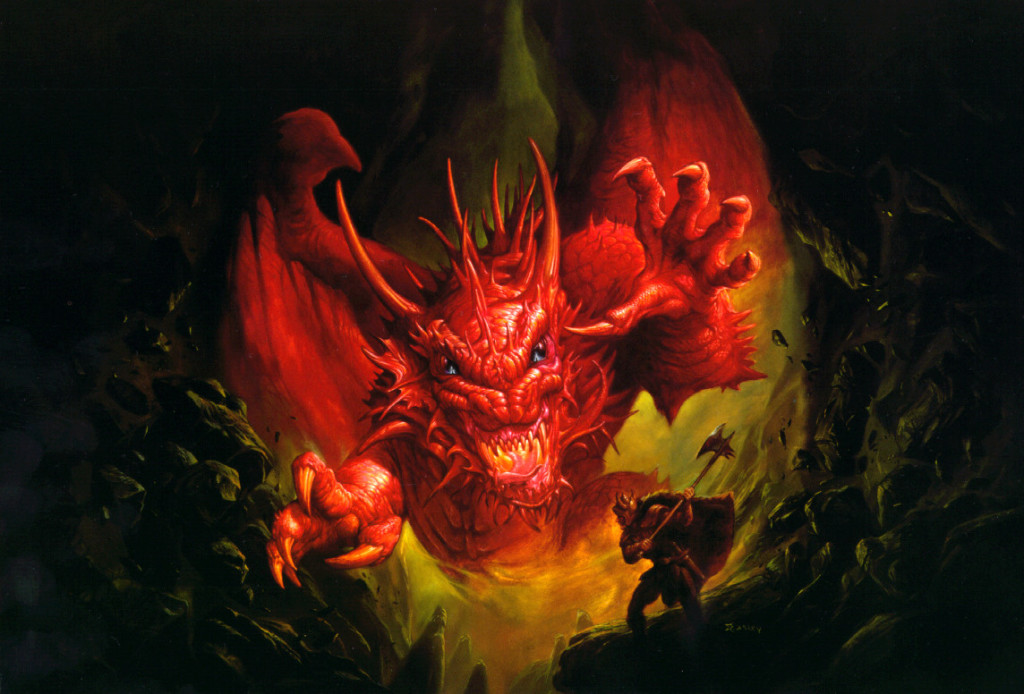

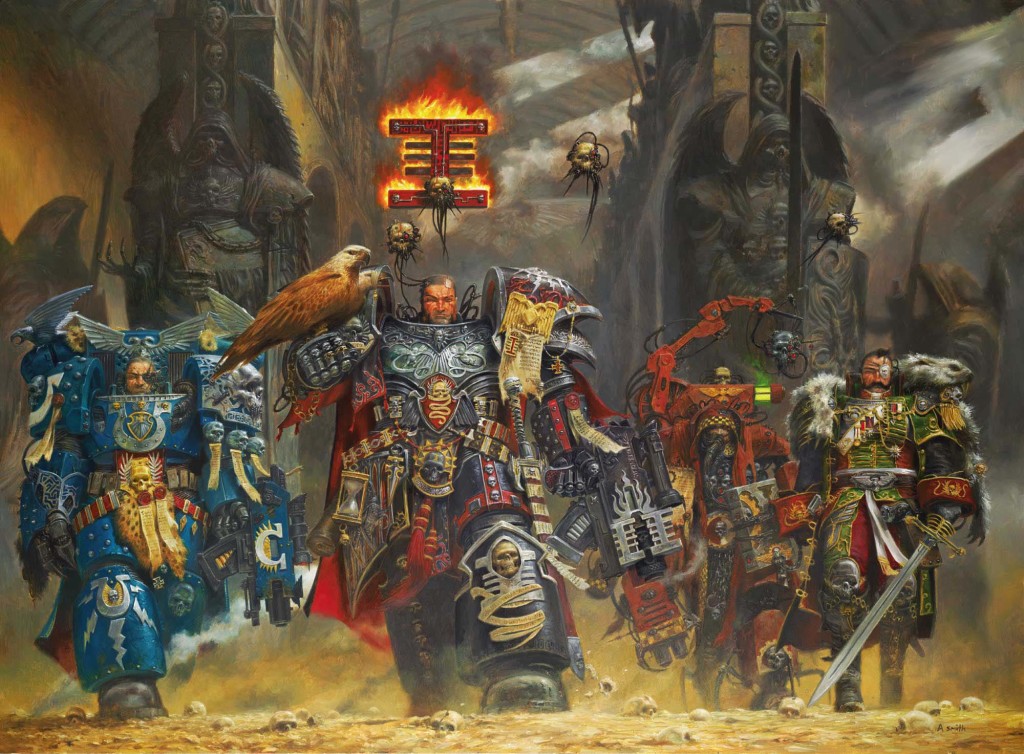
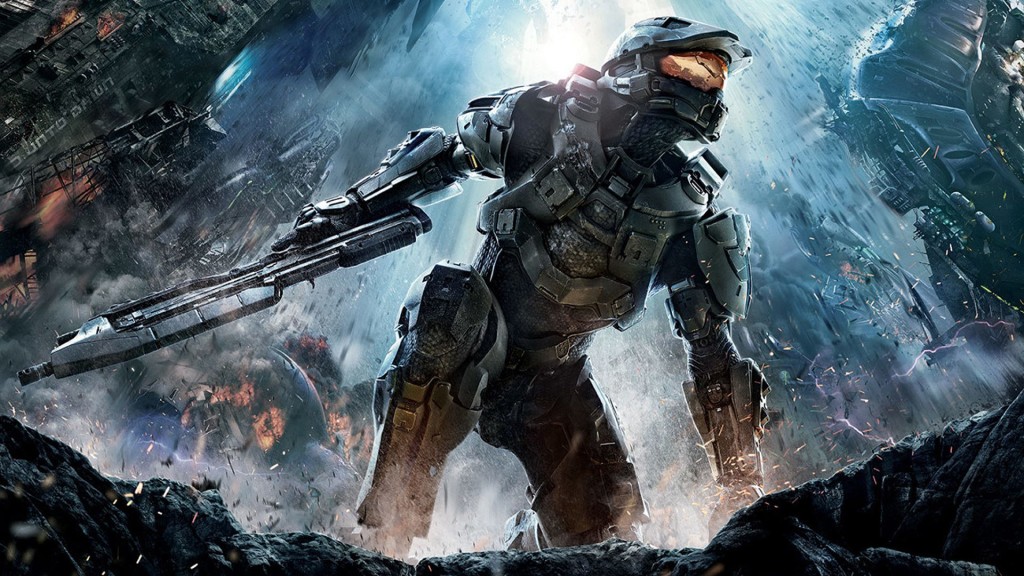
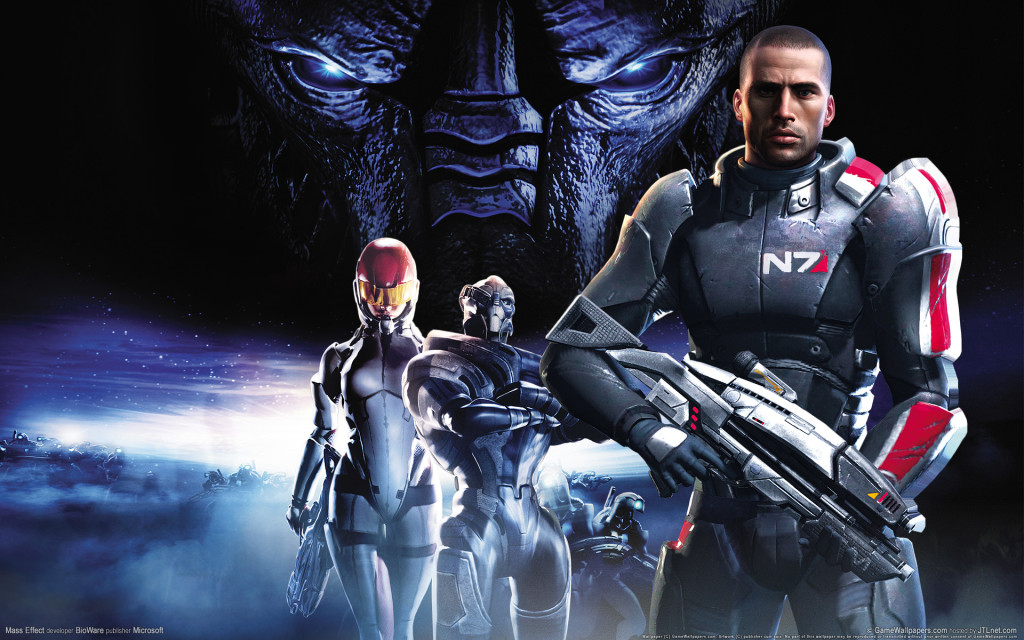


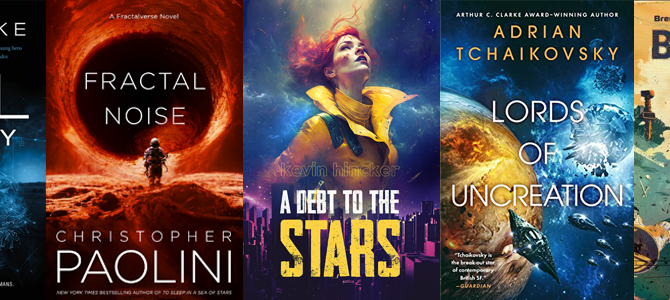








My favourite artistic era for fantasy is probably the sort of 80s/90s stuff from the AD&D days – the Dragon Lance books with Raistlin etc and then the Drizzt books, and that whole style I’ve always loved.
The only thing I don’t really like about it these days is the way the women are quite over the top and overly sexualised, even if you get that a lot in most art forms aimed at teenage/adult men!
Modern fantasy art can be a bit too beige obsessed and very earthy/neutral in tone, which I find boring, but on the flip side there is also the odd woman appropriately dressed in trousers and a top, rather than adventuring in what is basically a two piece bikini!